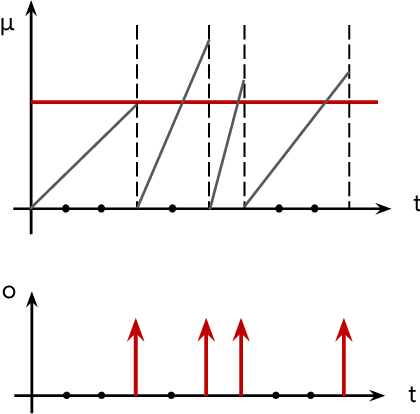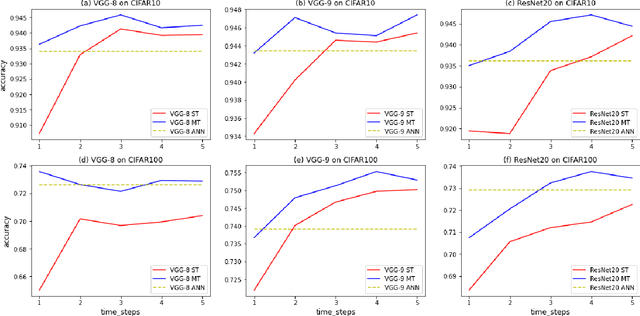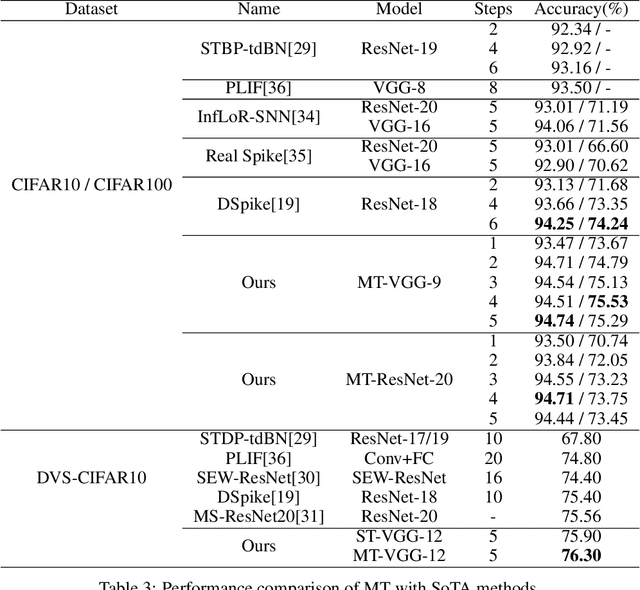Yanxiang Zhang
Neural Search Space in Gboard Decoder
Oct 21, 2024Abstract:Gboard Decoder produces suggestions by looking for paths that best match input touch points on the context aware search space, which is backed by the language Finite State Transducers (FST). The language FST is currently an N-gram language model (LM). However, N-gram LMs, limited in context length, are known to have sparsity problem under device model size constraint. In this paper, we propose \textbf{Neural Search Space} which substitutes the N-gram LM with a Neural Network LM (NN-LM) and dynamically constructs the search space during decoding. Specifically, we integrate the long range context awareness of NN-LM into the search space by converting its outputs given context, into the language FST at runtime. This involves language FST structure redesign, pruning strategy tuning, and data structure optimizations. Online experiments demonstrate improved quality results, reducing Words Modified Ratio by [0.26\%, 1.19\%] on various locales with acceptable latency increases. This work opens new avenues for further improving keyboard decoding quality by enhancing neural LM more directly.
A Hassle-free Algorithm for Private Learning in Practice: Don't Use Tree Aggregation, Use BLTs
Aug 16, 2024



Abstract:The state-of-the-art for training on-device language models for mobile keyboard applications combines federated learning (FL) with differential privacy (DP) via the DP-Follow-the-Regularized-Leader (DP-FTRL) algorithm. Two variants of DP-FTRL are used in practice, tree aggregation and matrix factorization. However, tree aggregation suffers from significantly suboptimal privacy/utility tradeoffs, while matrix mechanisms require expensive optimization parameterized by hard-to-estimate-in-advance constants, and high runtime memory costs.This paper extends the recently introduced Buffered Linear Toeplitz (BLT) mechanism to multi-participation scenarios. Our BLT-DP-FTRL maintains the ease-of-use advantages of tree aggregation, while essentially matching matrix factorization in terms of utility and privacy. We evaluate BLT-DP-FTRL on the StackOverflow dataset, serving as a re-producible simulation benchmark, and across four on-device language model tasks in a production FL system. Our empirical results highlight the advantages of the BLT mechanism and elevate the practicality and effectiveness of DP in real-world scenarios.
Proofread: Fixes All Errors with One Tap
Jun 06, 2024Abstract:The impressive capabilities in Large Language Models (LLMs) provide a powerful approach to reimagine users' typing experience. This paper demonstrates Proofread, a novel Gboard feature powered by a server-side LLM in Gboard, enabling seamless sentence-level and paragraph-level corrections with a single tap. We describe the complete system in this paper, from data generation, metrics design to model tuning and deployment. To obtain models with sufficient quality, we implement a careful data synthetic pipeline tailored to online use cases, design multifaceted metrics, employ a two-stage tuning approach to acquire the dedicated LLM for the feature: the Supervised Fine Tuning (SFT) for foundational quality, followed by the Reinforcement Learning (RL) tuning approach for targeted refinement. Specifically, we find sequential tuning on Rewrite and proofread tasks yields the best quality in SFT stage, and propose global and direct rewards in the RL tuning stage to seek further improvement. Extensive experiments on a human-labeled golden set showed our tuned PaLM2-XS model achieved 85.56\% good ratio. We launched the feature to Pixel 8 devices by serving the model on TPU v5 in Google Cloud, with thousands of daily active users. Serving latency was significantly reduced by quantization, bucket inference, text segmentation, and speculative decoding. Our demo could be seen in \href{https://youtu.be/4ZdcuiwFU7I}{Youtube}.
Prompt Public Large Language Models to Synthesize Data for Private On-device Applications
Apr 05, 2024Abstract:Pre-training on public data is an effective method to improve the performance for federated learning (FL) with differential privacy (DP). This paper investigates how large language models (LLMs) trained on public data can improve the quality of pre-training data for the on-device language models trained with DP and FL. We carefully design LLM prompts to filter and transform existing public data, and generate new data to resemble the real user data distribution. The model pre-trained on our synthetic dataset achieves relative improvement of 19.0% and 22.8% in next word prediction accuracy compared to the baseline model pre-trained on a standard public dataset, when evaluated over the real user data in Gboard (Google Keyboard, a production mobile keyboard application). Furthermore, our method achieves evaluation accuracy better than or comparable to the baseline during the DP FL fine-tuning over millions of mobile devices, and our final model outperforms the baseline in production A/B testing. Our experiments demonstrate the strengths of LLMs in synthesizing data close to the private distribution even without accessing the private data, and also suggest future research directions to further reduce the distribution gap.
Efficient Language Model Architectures for Differentially Private Federated Learning
Mar 12, 2024



Abstract:Cross-device federated learning (FL) is a technique that trains a model on data distributed across typically millions of edge devices without data leaving the devices. SGD is the standard client optimizer for on device training in cross-device FL, favored for its memory and computational efficiency. However, in centralized training of neural language models, adaptive optimizers are preferred as they offer improved stability and performance. In light of this, we ask if language models can be modified such that they can be efficiently trained with SGD client optimizers and answer this affirmatively. We propose a scale-invariant Coupled Input Forget Gate (SI CIFG) recurrent network by modifying the sigmoid and tanh activations in the recurrent cell and show that this new model converges faster and achieves better utility than the standard CIFG recurrent model in cross-device FL in large scale experiments. We further show that the proposed scale invariant modification also helps in federated learning of larger transformer models. Finally, we demonstrate the scale invariant modification is also compatible with other non-adaptive algorithms. Particularly, our results suggest an improved privacy utility trade-off in federated learning with differential privacy.
Federated Learning of Gboard Language Models with Differential Privacy
May 29, 2023



Abstract:We train language models (LMs) with federated learning (FL) and differential privacy (DP) in the Google Keyboard (Gboard). We apply the DP-Follow-the-Regularized-Leader (DP-FTRL)~\citep{kairouz21b} algorithm to achieve meaningfully formal DP guarantees without requiring uniform sampling of client devices. To provide favorable privacy-utility trade-offs, we introduce a new client participation criterion and discuss the implication of its configuration in large scale systems. We show how quantile-based clip estimation~\citep{andrew2019differentially} can be combined with DP-FTRL to adaptively choose the clip norm during training or reduce the hyperparameter tuning in preparation for training. With the help of pretraining on public data, we train and deploy more than twenty Gboard LMs that achieve high utility and $\rho-$zCDP privacy guarantees with $\rho \in (0.2, 2)$, with two models additionally trained with secure aggregation~\citep{bonawitz2017practical}. We are happy to announce that all the next word prediction neural network LMs in Gboard now have DP guarantees, and all future launches of Gboard neural network LMs will require DP guarantees. We summarize our experience and provide concrete suggestions on DP training for practitioners.
MT-SNN: Enhance Spiking Neural Network with Multiple Thresholds
Mar 20, 2023



Abstract:Spiking neural networks (SNNs), as a biology-inspired method mimicking the spiking nature of brain neurons, is a promising energy-efficient alternative to the traditional artificial neural networks (ANNs). The energy saving of SNNs is mainly from multiplication free property brought by binarized intermediate activations. In this paper, we proposed a Multiple Threshold (MT) approach to alleviate the precision loss brought by the binarized activations, such that SNNs can reach higher accuracy at fewer steps. We evaluate the approach on CIFAR10, CIFAR100 and DVS-CIFAR10, and demonstrate that MT can promote SNNs extensively, especially at early steps. For example, With MT, Parametric-Leaky-Integrate-Fire(PLIF) based VGG net can even outperform the ANN counterpart with 1 step.
 Add to Chrome
Add to Chrome Add to Firefox
Add to Firefox Add to Edge
Add to Edge